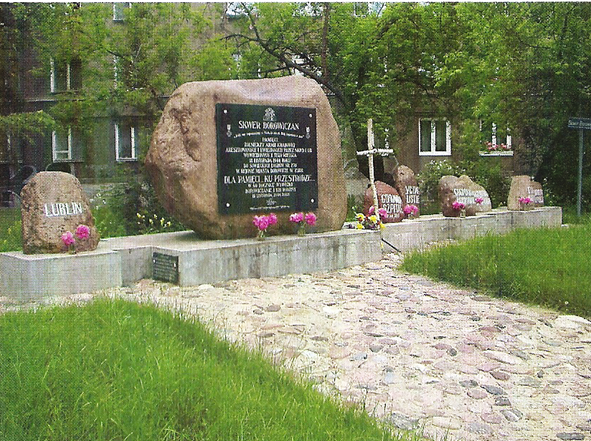In November 1944, almost 5,000 soldiers of the Polish underground were deported from the Polish territories occupied by the Soviet army deep into the Soviet Union in four train transports. They were sent to the gulags in the Borovich region, where they were forced into murderous labour. Many of them never returned from the ‘inhuman land’, as the Soviet forced labour camps were called.
After the Soviet army entered the Lublin region in July 1944, a substitute government completely subordinate to Stalin, the Polish Committee of National Liberation (PKWN), was established. The communist government had no real support in Polish society.
In order to eliminate the most patriotic element that obstructed the establishment of the new order, the Soviet authorities and functionaries of the Polish Security Office (UB) began an arrest campaign in the occupied territories against soldiers of the Home Army, Peasant Battalions or National Armed Forces. They filled the same detention centres and prisons where, not long before, representatives of the independence underground had been imprisoned by the Germans during the German occupation.
In November 1944, a decision was made to deport some of them deep into the Soviet Union. At that time, a total of 4 railway transports were sent from Poland to the gulags. Two of them (12 and 30 November) set off from Sokołów Podlaski, the other two from Lublin (18 November) and Przemyśl (23 November). A total of 4893 people were transported in them, including women. All of them were sent to camp complex no. 270 in the Borovich area (approximately 400 km north-west of Moscow). The Poles were imprisoned there without any court sentence.
They had the special status of internees but were de facto prisoners. They all had to work hard in the construction and exploitation of mines, logging, peat extraction and so on. The living conditions were equally harsh. They had no warm clothing, food rations were minimal, and they were not guaranteed proper medical care. This resulted in a high inmate mortality rate, as a total of more than 650 prisoners died in these camps. From the spring of 1946, the Soviet authorities began to gradually release the detainees. Upon their return to Poland, the communist authorities hampered the detainees’ ability to get an education or find work.





